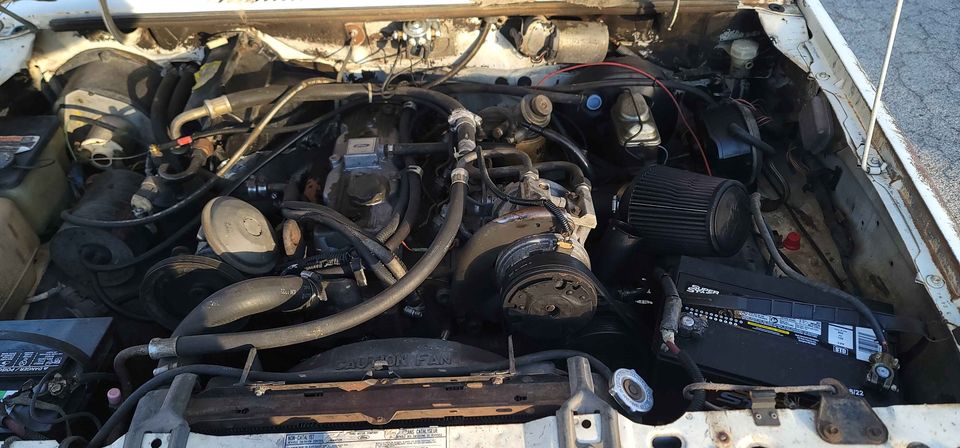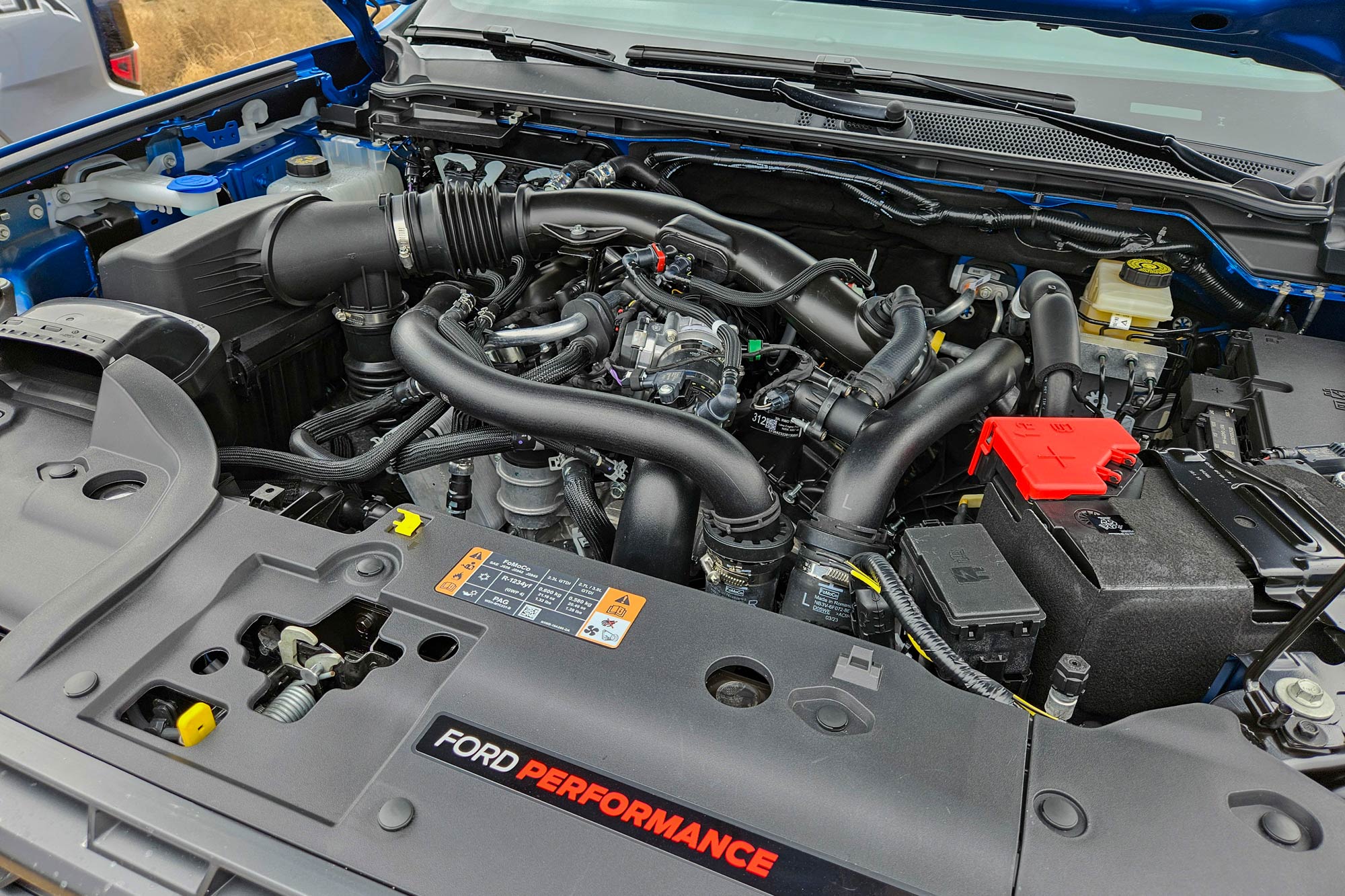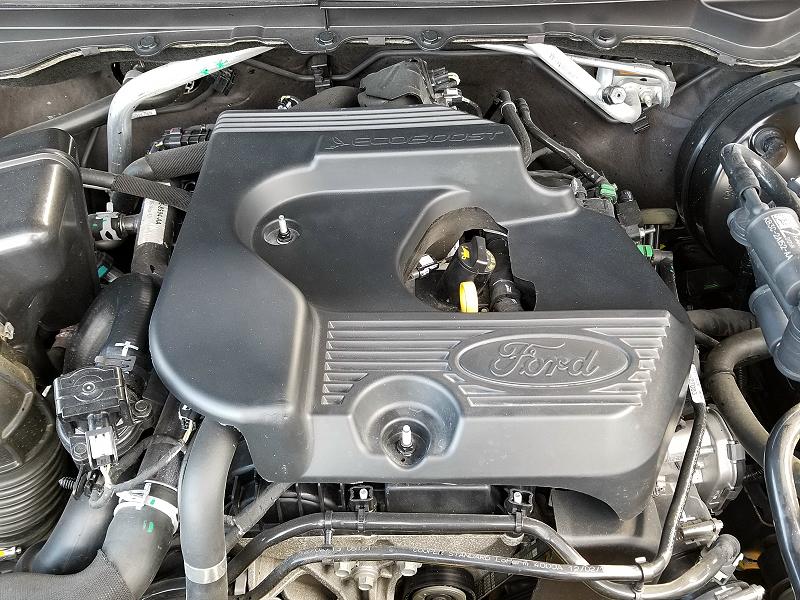Is the 2.2 Ford Ranger Engine the Right Fit for Your Driving and Work Needs?
Is the 2.2 Ford Ranger Engine the Right Fit for Your Driving and Work Needs?
Blog Article
What Makes an Automobile Engine Run Smoothly: Top Tips for Optimal Treatment
The smooth operation of a vehicle engine is basic to both efficiency and longevity, making optimum care a necessary duty for car proprietors. Secret practices, such as regular oil changes, maintaining coolant levels, and monitoring air filters, are crucial yet typically forgotten. The relevance of evaluating stimulate plugs and ensuring correct tire pressure can not be downplayed. Comprehending exactly how these aspects interconnect can boost not just the effectiveness of your automobile but also your total driving experience. What specific steps should you focus on to guarantee your engine continues to be in peak condition?
Normal Oil Adjustments
Among one of the most important elements of cars and truck maintenance is guaranteeing your engine gets regular oil modifications. Engine oil lubes interior elements, minimizes rubbing, and helps keep ideal operating temperatures. Over time, oil breaks down because of warmth, pollutants, and the natural by-products of combustion, resulting in decreased performance and prospective engine damages.
The majority of manufacturers suggest altering the oil every 5,000 to 7,500 miles, however this period can differ based on driving problems and oil type. Synthetic oils might allow for longer periods between changes. Normal oil changes not just improve engine performance yet additionally boost fuel efficiency, as tidy oil promotes smoother procedure.
Disregarding oil modifications can lead to sludge accumulation, which harms blood circulation and can cause serious engine issues. It is crucial to inspect oil degrees regularly and check for any type of uncommon changes in color or consistency, which might show contamination or deterioration.

Maintaining Coolant Degrees
Keeping proper coolant degrees is crucial for stopping engine getting too hot and ensuring ideal efficiency. The coolant, usually a combination of water and antifreeze, circulates with the engine, soaking up warmth and preventing thermal stress and anxiety. Inadequate coolant can result in enhanced engine temperatures, which may create severe damage and even complete engine failure.
To preserve optimal coolant levels, consistently examine the coolant storage tank, typically located in the engine bay. Make certain the coolant is filled to the recommended mark, as suggested in your car's proprietor handbook. It is recommended to check the degrees at least as soon as a month or in the past lengthy trips, especially throughout severe weather.
If you discover that the coolant level is continually low, there might be a leakage in the cooling system, which must be dealt with promptly to protect against additional problems. 2.2 ford ranger engine. Additionally, purging the coolant system every a couple of years can help eliminate any type of collected debris and ensure efficient warmth exchange
Checking Air Filters

It is advised to check the air filter every 12,000 to 15,000 miles, or a lot more often if driving in adverse or dirty conditions. An easy visual evaluation can commonly reveal whether the filter is unclean or harmed. If the filter shows up discolored click here for more info or has visible dust accumulation, it should be changed promptly.
Making use of a premium air filter developed for your details automobile model can better improve engine efficiency. Additionally, some automobiles might gain from reusable filters that can be cleaned and reinstalled, providing a ecologically friendly and cost-effective option.
Inspecting Flicker Plugs
Ignition system are crucial components of a car's ignition system, straight impacting engine performance and efficiency. They develop the spark that stirs up the air-fuel mixture in the combustion chamber, assisting in the engine's power generation. Routine assessment of stimulate plugs is essential for preserving optimal engine function and stopping potential problems.
During an inspection, look for signs of wear or damages, such as cracks, carbon accumulation, or extreme space widening. A healthy and balanced ignition system usually displays a light brown or tan shade. Dark soot or oil deposits can suggest incorrect combustion, while a blistered or white appearance might suggest getting too hot. Both conditions require prompt interest to avoid additional engine damage.
It's suggested to check stimulate plugs every 30,000 miles, or as suggested in your car's owner guidebook. Additionally, take into consideration changing them according to the producer's standards, as old or worn trigger plugs can lead to misfires, lowered gas performance, and raised discharges.
Surveillance Tire Pressure
Guaranteeing proper tire stress is a critical facet of automobile security and efficiency. Under-inflated tires can result in decreased fuel performance, increased tire wear, and compromised handling. On the other hand, over-inflated tires can decrease grip and increase the danger of blowouts. As a result, normal tracking of tire stress is important for optimal vehicle operation.
Tire pressure should be examined a minimum of when a month and in the past lengthy trips. Utilize a reputable tire stress scale to gauge the stress when the tires are cool, ideally before the vehicle has actually been driven for at the very least three hours. Describe the car's owner handbook or the placard located on the vehicle driver's side door jamb for the maker's recommended stress levels.
It is essential to note that tire stress can change with changes in temperature; a drop of 10 ° F can cause a 1-2 psi reduction in pressure. here Furthermore, visually evaluate tires for any kind of indications of wear or damages during your tracking routine. Maintaining correct tire stress not just boosts lorry security but additionally boosts fuel effectiveness and prolongs tire life, ultimately adding to a smoother engine efficiency.
Final Thought
Finally, preserving a vehicle engine's smooth procedure requires persistent interest to a number of key variables. Routine oil modifications, correct coolant degrees, clean air filters, properly maintained ignition system, and optimal tire stress jointly add to improved efficiency and durability. Sticking to these upkeep practices not only improves gas efficiency however additionally promotes a more secure driving experience. Inevitably, an aggressive technique to engine care is essential for guaranteeing integrity important source and performance in time. 2.2 ford ranger engine.
One of the most important elements of automobile upkeep is ensuring your engine obtains routine oil modifications. Engine oil lubricates internal elements, minimizes friction, and helps maintain optimal operating temperature levels. Regular oil changes not just improve engine efficiency yet additionally boost gas efficiency, as tidy oil promotes smoother procedure.
Not enough coolant can lead to increased engine temperatures, which may create serious damages or also complete engine failure.

Report this page